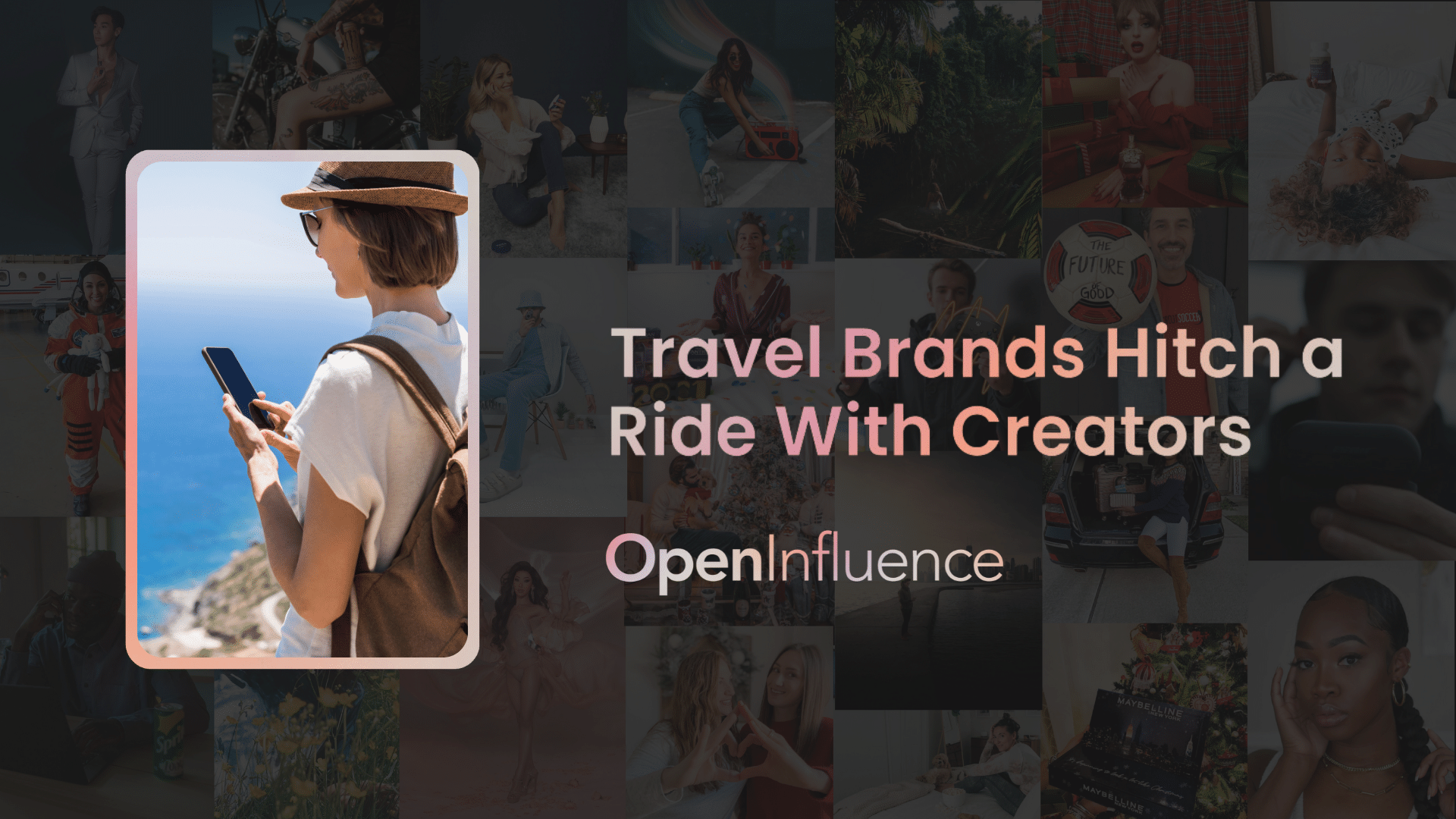The travel sector has been riding a down-and-up track since 2020, and while some signs point to a leveling off of that path, others indicate that a junction separating consumers by class may be around the next bend.
Travel all but ground to a halt when the Covid-19 pandemic reared its ugly head in March 2020. And then, once restrictions began to lift, people began making up for lost time and rebooking canceled trips in a trend referred to as “revenge travel.”
Deloitte wrote in its 2024 travel outlook report, “’Revenge travel’ was indeed a major driver of demand for two years, as Americans shook off prolonged restricted movement, health concerns, and uncertainty. In 2021, nearly one-half of summer travelers said the need for an ‘escape after lockdowns’ motivated them to take trips. In 2022 and early 2023, many said they were ‘making up for trips I didn’t take due to the pandemic.’ But the revenge effect has declined steadily, and by the 2023 holiday season, just 11% said they were making up for missed trips.”
The consulting firm warned of a potential economic divide, with those in lower income groups taking fewer trips and spending more conservatively on travel, while those who are more well off drive a surge in higher-end travel destinations and services.
Trends on the Traveler Side
In yet another lingering effect of the pandemic, the emergence of remote work has led to shifts in travel such as people taking longer trips to more far-flung destinations with the intent of devoting some of their time away to work.
This trend has also led to growth in shorter trips, such as travelers extending their weekends when they are not required to physically be in the office.
Deloitte projects more engagement with in-destination activities or attractions, as well as more overseas travel by Americans, starting with Europe, with South America, Asia, and Africa to follow.
And trends uncovered by Open Influence’s research include:
- Experiential travel is surging, with travelers looking to immerse themselves in local culture, customs, and history through activities such as taking a cooking class or learning traditional crafts from local artisans.
- There has been a boom in wellness travel, such as spa treatments, wellness-focused culinary experiences, and yoga retreats.
- Eco-tourism is on the rise due to a heightened focus on sustainability, with journeys including volunteering on conservation projects, staying in eco-friendly accommodations, and supporting local sustainable businesses.
- Even those who aren’t traveling have an impact, as OI found that “dreamers” sharing content from their favorite travel influencers with friends and family makes them influencers of sorts.
Traveler Spending Shifts
OI research found that 80% of summer vacationers are changing their plans due to inflation, with cost-considerate travel becoming top of mind.
And according to Deloitte’s ConsumerSignals, which tracks the trade-offs travelers make when they upgrade or downgrade their trips, travelers are spending more on:
- Lodging location
- Destination distance
- Flight itinerary
- In-destination experiences
Conversely, they are cutting back in areas such as:
- Hotel class
- Airline (budget carriers)
- Seat upgrades
The Role of Influencer Marketing in Travel
Instagram and the rise of travel influencers have significantly impacted the travel sector. Enhanced social search functionalities have led users to rely on social platforms for travel recommendations. About 85% of U.S. adults consider travel influencers’ recommendations, and 89% of millennials plan trips based on peer-posted images. Influencer marketing benefits travel brands by:
- Giving brands a human face and voice on social channels.
- Helping smaller travel brands boost awareness.
- Adapting quickly to emerging trends.
- Making destinations seem more attainable through real-life experiences.
- Creating content usable across multiple channels.
- Inspiring wanderlust among viewers.
- Assuring potential travelers about safety protocols.
Best Practices for Travel Creator Marketing
Tommy Johnson, Open Influence’s Director of Partnerships, advises that brands should not expect influencers to create content for free in exchange for a complimentary trip. He also emphasizes that logistics can often be challenging and having dedicated personnel on-site to manage logistics and provide in-person monitoring is invaluable.
Other best practices for travel creator marketing campaigns include:
-
-
- Offering gifts to establish brand-creator relationships.
- Providing incentives like discounts and promotional codes.
- Strategic budgeting to avoid resource dilution.
- Planning the creator’s itinerary considering events and peak seasons.
- Using branded hashtags to enhance content discoverability.
-
Discover how Open Influence can help you plan a successful travel influencer marketing campaign. Contact us today!

